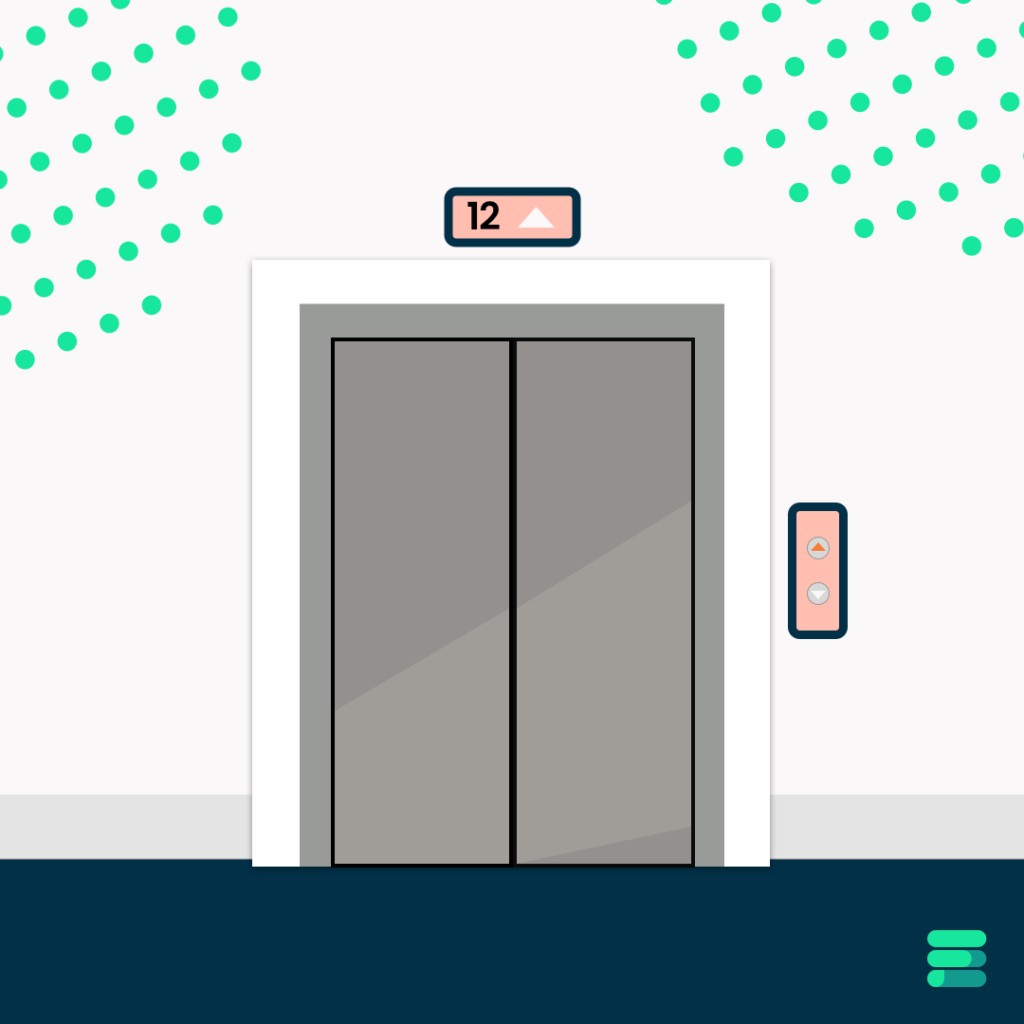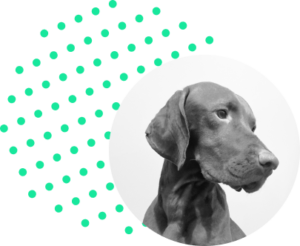Problem framing is a framework for thinking about a problem and a structure through which you frame it to make sure you are spending your time on the most impactful and efficient solutions. It is generally applied to complex business problems or challenges but can be applied to problems in other areas as well. At its core, problem framing is a way of thinking and helps ensure that you are addressing a root problem, rather symptomatic problems arising from it. How you think about the problem will have a direct impact on how you approach solving it. In short, it’s getting the correct diagnosis.
A classic example is the slow elevator problem. Imagine you own a building in Manhattan and the tenants are complaining that the elevators are too slow, to the point they will leave if something is not done to address it. What do you do? A natural reaction is to solve the obvious problem, “the elevators are too slow.” Many people may offer solutions to fix it. You could replace the elevator with faster ones, perhaps add additional elevators to reduce wait times, there are many ideas people or engineers may offer to fix the slow elevators and save you, the building owner, from tenant loss. So what did you end up doing to solve the problem? You installed mirrors in the elevator cars and in the lobby, after which the complaints largely ceased, and your tenant retention problems were alleviated.
Mirrors? How do mirrors make elevators any faster? You would be right to question that if you were solving the problem framed as, “the elevators are too slow,” because they don’t increase their speed at all. However, using problem framing and systems thinking you came to understand the problem not as, “the elevators are too slow,” but rather as, “people think the elevators are too slow.” The difference of two words, people think, transforms this problem and its many potential solutions from an almost strictly technical problem with elevator performance, into a more human problem that may be the true root cause, and have a much different optimal solution.
People waiting on an elevator with nothing to do but stare at a wall in the lobby are likely bored. People standing in an elevator with nothing to do but stare at a wall and consider the fact they are standing in a box, prevented from falling to their deaths or grave injury by only a collection of cable systems may be both bored and antsy to exit. Time does not fly in either case.
Since we have reframed our problem to address the problem of people’s perception of the elevator speed, we can now apply solutions that address the human element and don’t require any replacement or reengineering of the elevators themselves. So, we install mirrors both in the lobby and in the elevator cars. Now, people waiting for the elevator can wonder if their hair looks good, or watch people around them in the reflection without having to stare. If they are on their way to a big meeting they can make sure their outfit is just so, and before they know it, they have arrived at their destination floor. The problem is now solved. As a bonus, it was much less expensive to address the perception of elevator speed than it would have been trying to increase the actual service speed of the elevators themselves.
The same is true for approaching problems with digital technical solutions. Solutions architecture is the practice of evaluating a business’s pain points and suggesting or building technology to fix them. At Fully Stacked, we don’t think this alone is a comprehensive approach because it begins having already made the assumption that a digital solution is the best solution. Though this assumption may be true in most cases, it isn’t always. This is why we incorporate systems thinking and problem framing into all of our solutions architecture consulting and evaluation of new software products & projects. We want to ensure we are helping clients solve not just a problem, but the most impactful, root problem(s) with appropriate solutions, digital or not.
Do you have pain points in your business that could benefit from our solutions architecture? We would love to consult with you.




